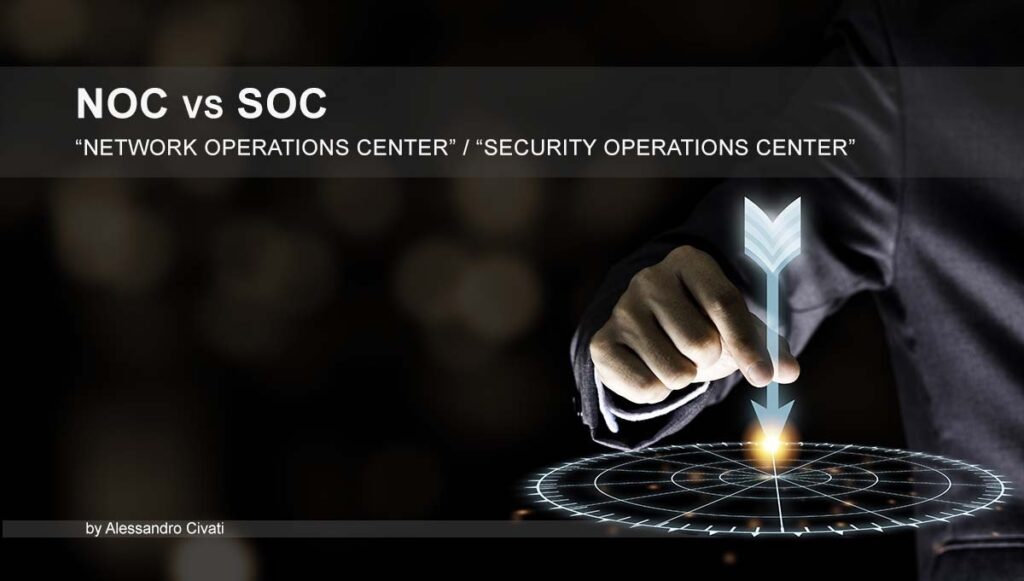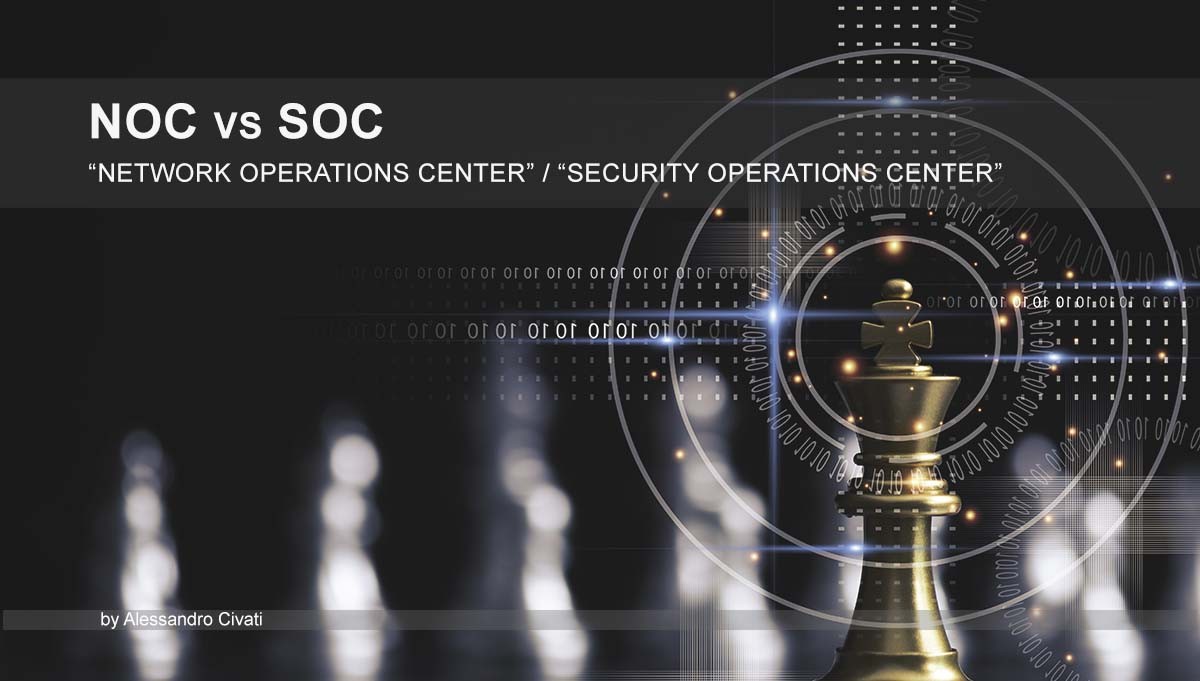Organizations seeking to secure and get the best out of their network should have a network operations center (NOC), a security operations center (SOC), or both. However, businesses cannot tell the differences between NOC and SOC and which team is a good fit.
Network Operations Center (NOC)
The network operations center is a team that maintains optimal network performance. It ensures that corporate network infrastructure aptly meets the needs of the business. Organizations use their network infrastructure for specific purposes, and the NOC’s role is to optimize and troubleshoot the network ensuring that it meets the needs of the business.
A network operations center forms the backbone of an organization’s technological infrastructure. A dedicated NOC team provides 24/7 data protection for network performance, prevents downtime, and maintains uninterrupted service for critical applications, on-premises equipment, and cloud-based applications.
The team creates proactive workflows that ensure optimal performance and uptime of a corporate network. The workflows will include system monitoring, patching, and adherence to the predetermined maintenance routines.
Efficiently designed NOCs are based on the following:
- 24/7 network, hardware & software health, and optimization
- Consistent data flow & data backup management
- Network communications
- Proactive & consistent monitoring
- Reduced downtime & alert management
- Remediation & roadmap recommendations
- Reporting, including trend identification & Analysis
- Updates & patch management
Security Operations Center (SOC)
In the current times, when breaches, vulnerabilities, and cyber threats are on the rise, organizations risk irreparable damage. The need for an effectively managed security operations center (SOC) cannot be overemphasized.
A SOC identifies, investigates, deters, and resolves cyberattacks and threats before they become problematic. The SOC team reacts to real-time threats. It is responsible for protecting the network against cyber threats through comprehensive, real-time, and cost-effective Analysis of the network, endpoints, and cloud-based infrastructure. SOC teams comprise highly trained cybersecurity specialists undertaking continuous threat monitoring, remediation, and Analysis. In the corporate setting, SOC can be an internal team in the organization or provided by a third party under the SOC as a service model.
An agile SOC is engaged in:
- 24/7 Network real-time vulnerability endpoint monitoring
- Comprehensive Investigations – to understand how and why a breach occurred to prevent future attacks.
- Research & Analysis – review of security log data, investigation of regular and irregular trends.
- Security Policies & Processes – ensure compliance with the latest regulations.
- Threat Detection & Risk Mitigation
Differences between NOC and SOC
Both NOC and SOC are teams that have near similar roles but significant differences that include:
- Objectives – the primary aim of the NOC and SOC is to ensure the corporate network satisfactorily meets the needs of the business. A NOC’s chief role is to provide the network can meet service level agreements (SLAs) during normal operations and address any natural disruptions such as service outages and natural disasters. The main objective of the SOC is to protect the network and safeguard business operations from interference by cyber threat actors.
- Adversaries – even though the NOC and SOC protect a corporate network from disruption, they will fight against different adversaries. The NOC will deal with preventing network interferences caused by natural causes such as natural disasters, power outages, and internet outages. The SOC will protect the corporate network against human-driven events such as different forms of cyberattacks.
- Required Skillsets – the NOC and SOC teams require similar skillsets to monitor a network and identify and address issues that lead to outages and performance downgrades. The difference lies in the areas of focus and application of skills. NOC analysts use their skills to monitor and optimize network infrastructure and endpoints.
SOC analysts have skillsets that are used to protect the corporate network against human-driven threats and human actors. They must understand how cyber-attack chains work and have the skills to remediate malicious infiltration and infection. SOC analyst skillset is fine-tuned towards ensuring the security and resilience of corporate IT assets.
Other notable differences in the setup and tasks completed by NOC and SOC teams are:

The NOC vs SOC Debate
Organizations should never grapple with the choice of setting up either NOC or SOC teams. Having both a NOC and SOC is the ideal situation. Organizations must have a clear delineation of the responsibilities of each team as well as ensure cohesive collaboration between the teams. Any potential cross-over between the respective coverage areas of NOC and SOC requires effective management.
Businesses that require full-service network assistance don’t have dedicated internal IT teams and cannot afford network downtime should establish a network operations center.
A NOC will prevent huge downtime costs and productivity losses and, where necessary, help with network upgrades. On the other hand, businesses that exclusively require security assistance will require the skills and experience of a SOC. The SOC team will monitor and mitigate cyber threats, keep logs of network activity and communications, and ensure compliance with data privacy laws.
Always remember that the roles of NOC and SOC are complementary since they focus on protecting the corporate network from potential risks that affect network performance and productivity.
Despite the differences in primary objectives and duties, the NOC and SOC teams share the need for deep visibility and centralized control over network infrastructure. Choosing one team between NOC and SOC will leave an organization vulnerable to natural or human-driven events leading to network and business disruptions.
It’s critical to have the input of both NOC and SOC to develop a comprehensive security plan. Without integration of the security plan, the organization risks having security gaps, inconsistent processes, miscommunication, lack of transparency, and using outdated policies and tools, which cumulatively lead to increased exposure to threats/vulnerabilities.
Author: Alessandro Civati
Email: author.ac@bitstone.net
Blockchain ID: https://x88.life/CM2d8qWwtj


